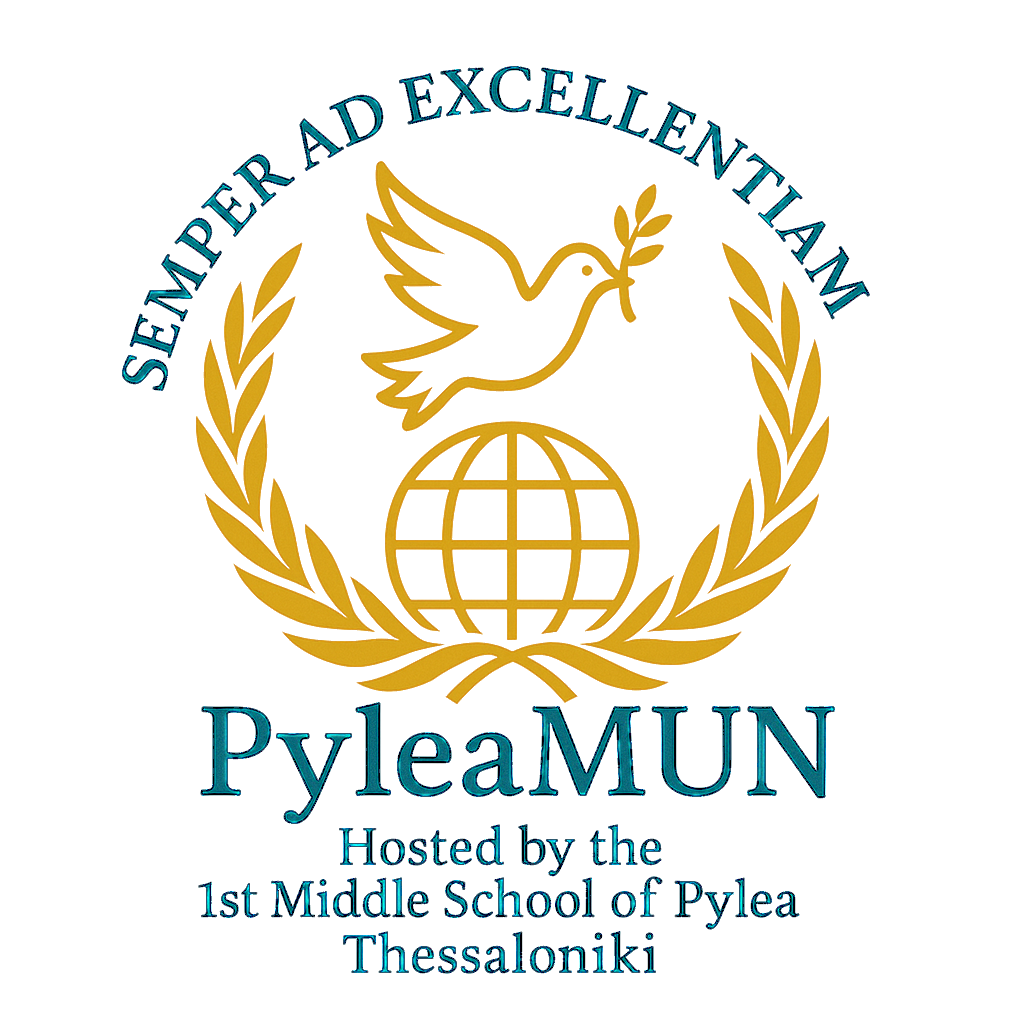A delegate may propose a Motion to Approve the Draft Communiqué in order to verify whether a consensus on the Draft Communiqué has been achieved. The President may rule the Motion out of order without possibility of appeal or put it to vote. The motion requires 2/3 majority in order to pass.
Once the motion has passed, the President shall ask for any objections on the Draft Communiqué, if there are no objections the draft communique is considered to be adopted.
If there are objections the Council shall enter a Tour de table (see above 14.2) with an individual speaker’s time defined by the President. Delegates objecting should refer to the specific articles causing their disagreement. Should the Board observe disagreements among the member states, the Secretary General will entertain and facilitate a short period of debate, only on the articles causing disagreement as stated by the objecting delegates, in order to identify possible grounds of compromise. She/he shall play a reconciliatory role in order for the Council to reach consensus.
The Secretary General maintains the right to make any necessary adjustments to the content of the Draft Communiqué guided by the outcome of the debate and based on the consent of the member states. After the conclusion of debate the President shall once more verify the consensus on the Draft Communiqué, asking for objections, considering this result to be final.
